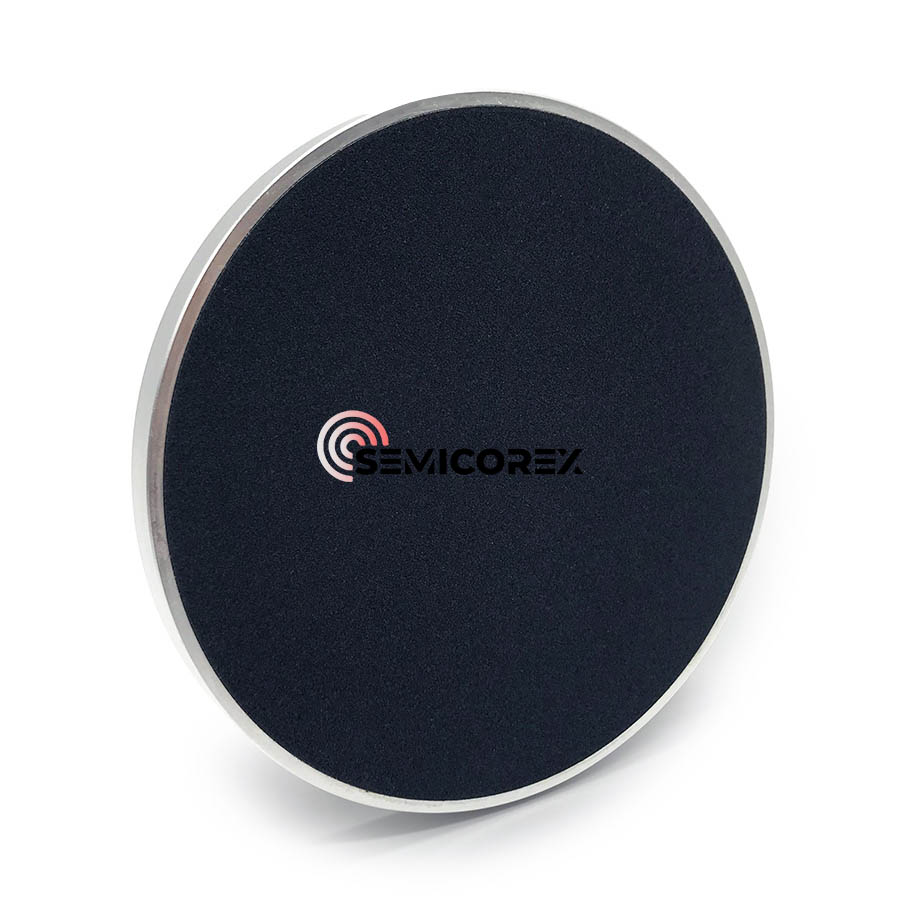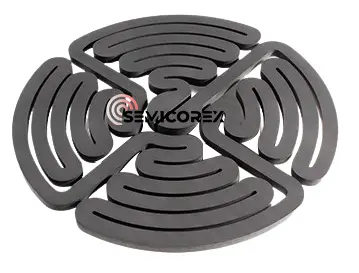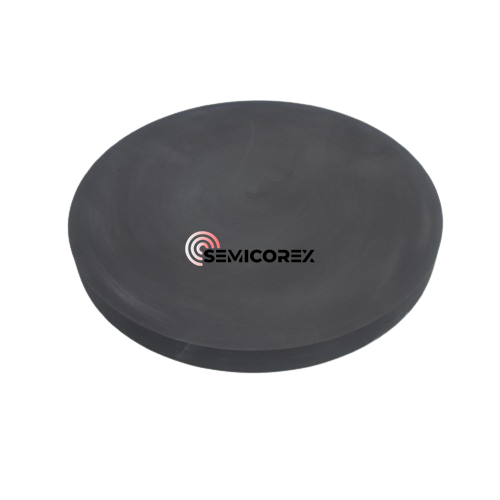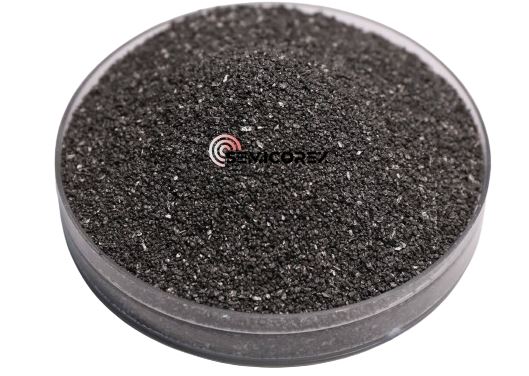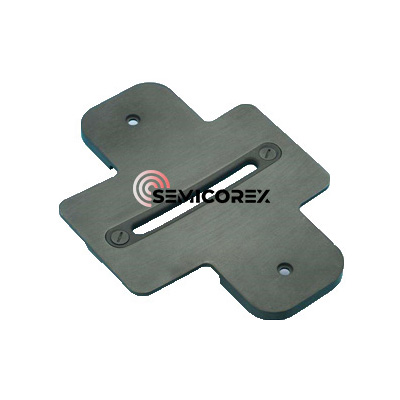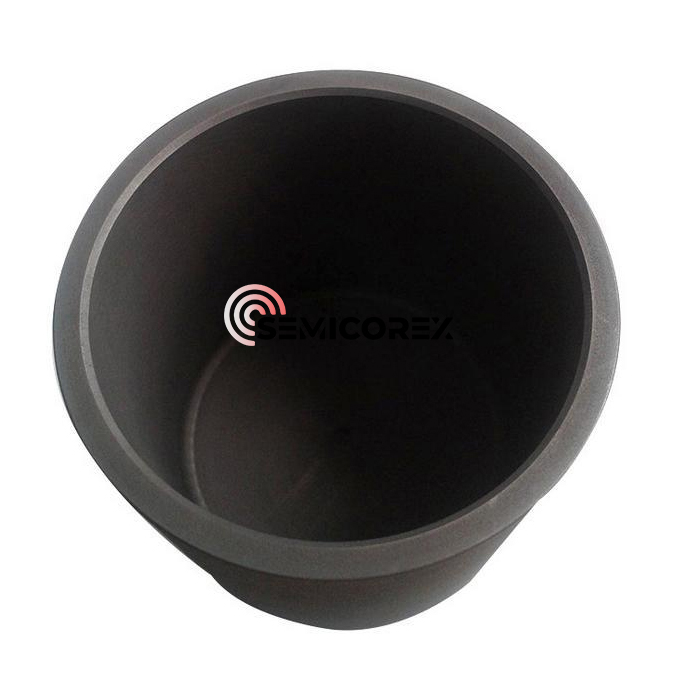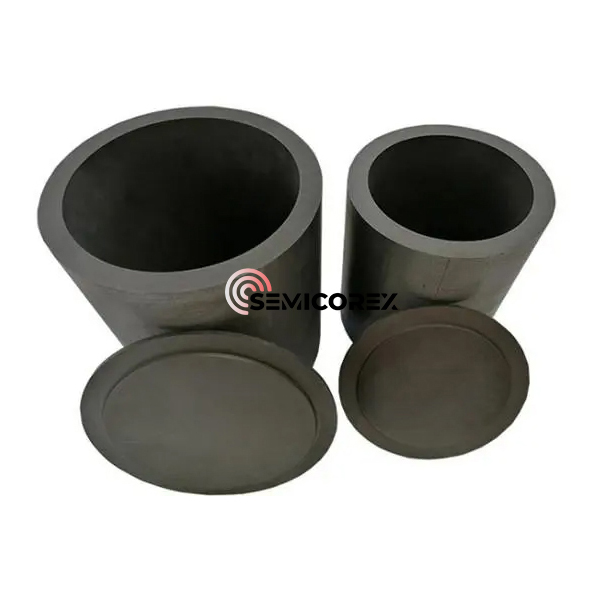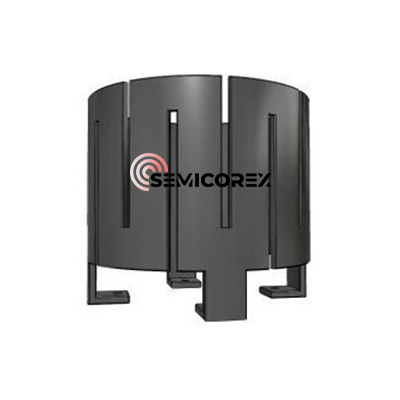
- English
- Español
- Português
- русский
- Français
- 日本語
- Deutsch
- tiếng Việt
- Italiano
- Nederlands
- ภาษาไทย
- Polski
- 한국어
- Svenska
- magyar
- Malay
- বাংলা ভাষার
- Dansk
- Suomi
- हिन्दी
- Pilipino
- Türkçe
- Gaeilge
- العربية
- Indonesia
- Norsk
- تمل
- český
- ελληνικά
- український
- Javanese
- فارسی
- தமிழ்
- తెలుగు
- नेपाली
- Burmese
- български
- ລາວ
- Latine
- Қазақша
- Euskal
- Azərbaycan
- Slovenský jazyk
- Македонски
- Lietuvos
- Eesti Keel
- Română
- Slovenski
- मराठी
- Srpski језик
China Grafito isostático Fabricantes, Proveedores, Fábrica
Carbon/graphite material molding essentially involves increasing the density of the powder mixture and ensuring close contact between the aggregate and binder to produce a green body with a desired size, morphology, and minimal machining allowance. The four main molding methods are extrusion, compression molding, vibration molding, and isostatic pressing. Common carbon/graphite materials on the market (for example, charcoal used for household fires) are mostly formed using hot extrusion and compression molding (cold or hot). Isostatic pressing offers superior molding performance.
The principle of isostatic pressing is based on Pascal's law: pressure applied to a medium (liquid or gas) in a sealed container is uniformly distributed in all directions, with the pressure on the surface being proportional to the surface area. Isostatic pressing involves placing a sample, enclosed in a sealed container, within a high-pressure cylinder. Leveraging the incompressible nature of the liquid medium and its ability to uniformly transmit pressure, the sample is uniformly pressed from all directions. When the fluid is injected into the cylinder, the pressure is evenly transmitted in all directions according to the principles of fluid mechanics. The sample in the cylinder is then subjected to uniform pressure in all directions.
Due to the isostatic pressing method, isostatically pressed graphite exhibits excellent isotropy, with properties independent of shape, size, or sampling direction. The material possesses a dense microstructure, high mechanical strength, high surface hardness, and oxidation resistance. Strong performance and high-temperature resistance; the material has excellent thermal shock resistance and is less susceptible to cracking under rapid cooling and heating conditions.
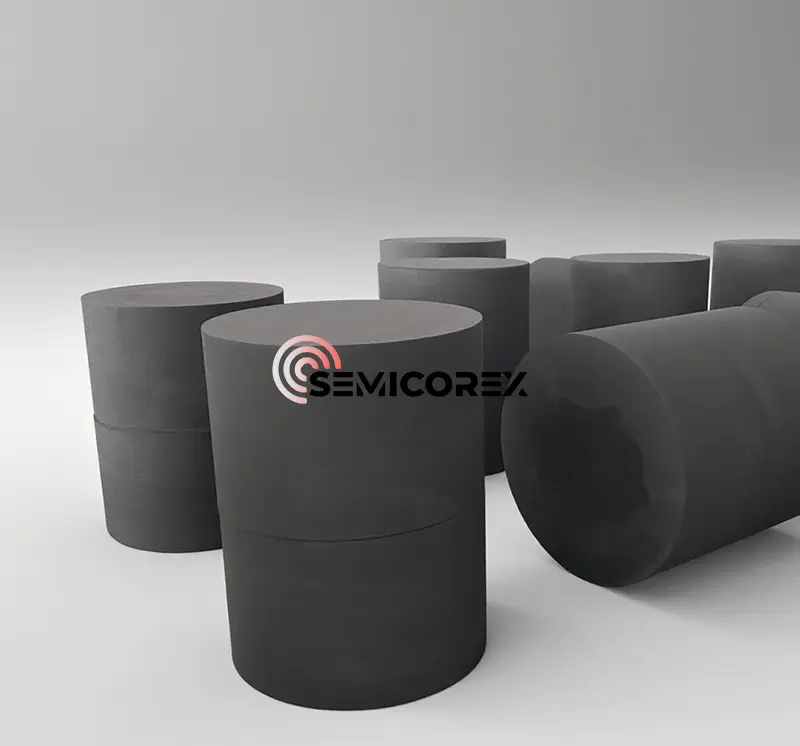
1. Isotropy
Different molding methods result in different properties in different directions. This is primarily reflected in resistivity, thermal conductivity, mechanical properties, and thermal expansion coefficient. The general measurement method is to sample the product perpendicular to and horizontally from the pressure surface, measure the properties separately, and then divide the smallest value by the largest value to obtain the isotropy ratio.
Traditional carbon/graphite products exhibit significant anisotropy, i.e., the properties of the product are different in the directions perpendicular to and horizontal to the pressure surface. The corresponding difference in performance is generally greater than 1:1.1, hence the term anisotropy. In many cases, this difference is fully exploited, and the greater the difference, the better. Examples include graphite electrodes for steelmaking and brushes for motors. Many applications, such as EDM and single-crystal silicon thermal field applications, increasingly require carbon/graphite products to exhibit isotropy (with an orientation ratio within the 1:1.05 range).
2. Large Dimensions
The market is increasingly demanding larger product sizes. For example, single-crystal silicon products have grown from 6- and 8-inch sizes to 12-inch sizes. The size of graphite materials used in thermal fields is also increasing. This is also increasing. Similar trends are seen in other related industries. Graphite for EDM, continuous casting, and nuclear reactors also requires large-scale products. This is difficult to achieve using molding and extrusion methods. The primary problem with large-scale product production is calcination cracking, and the larger the product, the higher the chance of calcination cracking.
3. Fine Structure
As a structural material, it requires high physical and chemical properties. On the one hand, the finer the particle size of the carbon particles that make up the carbon/graphite material, the denser its texture and the higher its mechanical strength.
Isostatically pressed graphite is widely used in semiconductor manufacturing processes. It is used in graphite components for the hot zone of single crystal growth furnaces, such as crucibles, heaters, flow guides, and insulation covers; and in graphite components used in epitaxial processes.
- View as
Piezas de grafito
Las piezas de grafito isostático Semicorex se utilizan principalmente para crisoles de grafito en el proceso de crecimiento de cristales, grafito de alta pureza con anillos de tres pétalos y aplicaciones de recubrimiento de TaC. Semicorex se compromete a ofrecer productos de calidad a precios competitivos y esperamos convertirnos en su socio a largo plazo en China*.
Leer másEnviar ConsultaPolvo de carbono de alta pureza
El polvo de carbono de alta pureza Semicorex sirve como precursor crucial en la síntesis de polvo de carburo de silicio (SiC) de alta pureza y otros materiales de carburo de estado sólido. Garantiza la pureza y la calidad necesarias para aplicaciones avanzadas en las industrias de semiconductores, electrónica y cerámica. En Semicorex nos dedicamos a fabricar y suministrar polvo de carbón de alta pureza de alto rendimiento que fusiona calidad con rentabilidad.**
Leer másEnviar ConsultaPiezas de implantación de iones
Las piezas de implantación de iones Semicorex fabricadas con componentes de grafito de alta pureza están diseñadas para satisfacer las rigurosas demandas de la fabricación de semiconductores, específicamente para su uso en equipos de implantación de iones. Estos componentes cuentan con varias ventajas críticas que los hacen ideales para aplicaciones de alto rendimiento. En Semicorex nos dedicamos a fabricar y suministrar piezas de implantación de iones de alto rendimiento. que fusionan calidad con rentabilidad.
Leer másEnviar ConsultaCrisoles para el crecimiento de cristales
Los crisoles Semicorex para el crecimiento de cristales son indispensables para lograr un crecimiento controlado de un solo cristal, fundamental para la fabricación de dispositivos semiconductores. Estos crisoles están meticulosamente diseñados para cumplir con los rigurosos estándares del sector de semiconductores, garantizando el máximo rendimiento y eficiencia en todas las aplicaciones. En Semicorex nos dedicamos a fabricar y suministrar crisoles de alto rendimiento para el crecimiento de cristales que fusionan calidad con rentabilidad.
Leer másEnviar ConsultaCrisoles isostáticos de grafito para fusión
Los crisoles de grafito isostático para fusión Semicorex se producen mediante técnicas de prensado isostático, que mejoran la densidad del material y las propiedades mecánicas. Esto da como resultado un recipiente que no sólo resiste las temperaturas extremas y los ambientes corrosivos típicos del procesamiento de semiconductores, sino que también ofrece durabilidad a largo plazo. La robustez de los crisoles garantiza que puedan soportar ciclos térmicos repetidos sin degradación, proporcionando así un rendimiento constante durante períodos operativos prolongados. En Semicorex nos dedicamos a fabricar y suministrar crisoles de grafito isostáticos de alto rendimiento para fusión que fusionan calidad con rentabilidad.
Leer másEnviar ConsultaCalentador de crecimiento de cristal de zafiro
Mejore su capacidad de gestión térmica de precisión con el calentador de crecimiento de cristal de zafiro Semicorex. Este calentador, meticulosamente diseñado para un rendimiento óptimo, cuenta con una integración de capa de SiC que solidifica su papel como elemento superior en las operaciones de crecimiento de cristales, promoviendo una alta eficiencia y confiabilidad. En Semicorex nos dedicamos a fabricar y suministrar calentadores de crecimiento de cristales de zafiro de alto rendimiento. que fusionan calidad con rentabilidad.
Leer másEnviar Consulta

